Are early 2000s dSLR cameras the next craze in photographic gear? Probably not but let me tell you why I think they are still fantastic.
I reckon most of you reading this will have experienced this same feeling at some point in your photography: “I am bored of shooting the same stuff all the time.” I am not talking about subjects, but about equipment. I have a serious G.A.S. = Gear Acquisition Syndrome problem. I am often trading or selling gear to get something different; I want to have that different experience. I really just want to be inspired to pick up my gear.
Over the years I have noticed that some cameras have a quality I can’t quite put into words. It’s almost a nostalgia. The closest experience to using a vintage camera is driving a vintage car. The sensation is like experiencing history from a hands-on approach. For me and my photography, the cameras that I gravitate towards and like the most are the tools of the greats. The ones used by artists like Henri Cartier Bresson or Larry Burrows; these include cameras like the timeless Leica M3 or a robust Nikon F. They are both wonderful cameras to hold and shoot. They are built to be used for generations and have been used for generations.
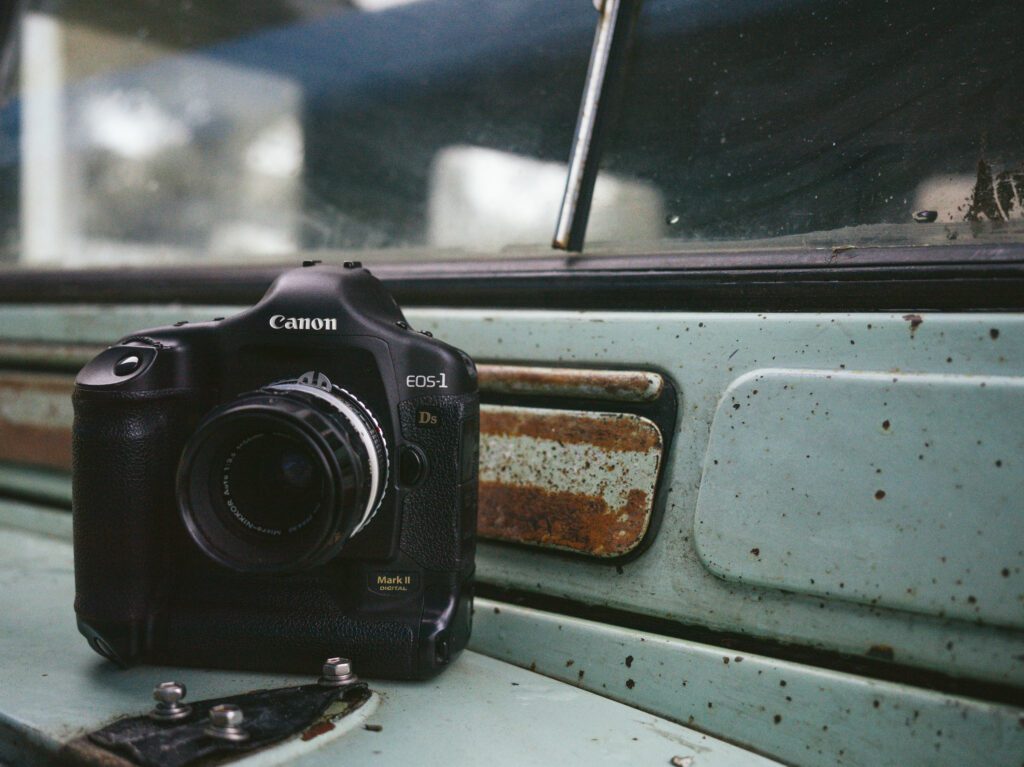
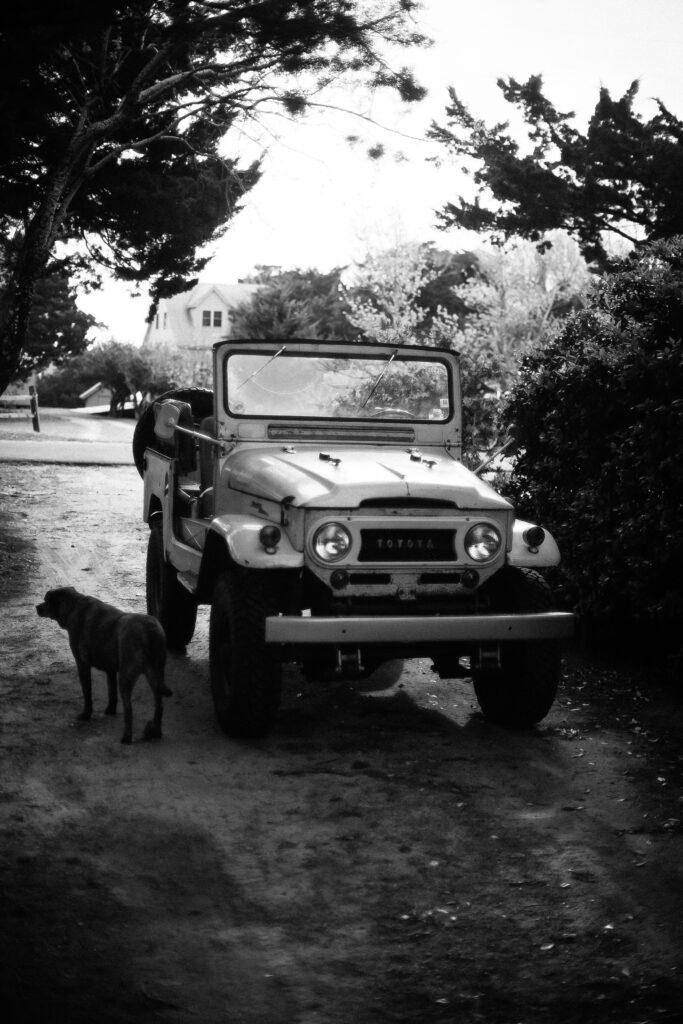
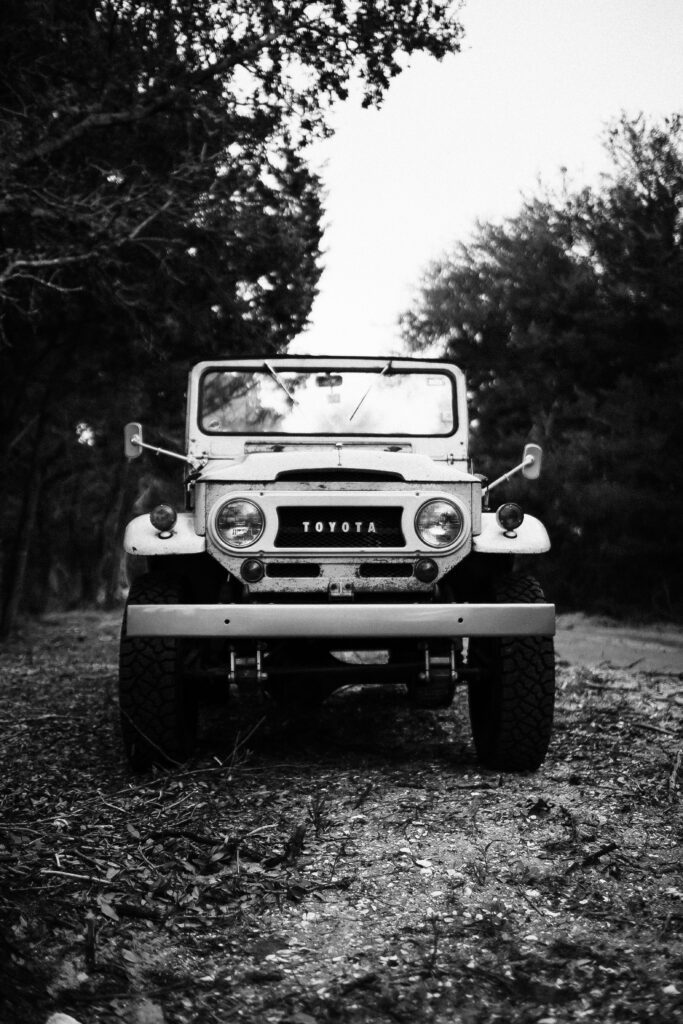
The Overall Dilemma: Film vs. Digital
Let me start off by saying I still love shooting film! I probably won’t stop making photographs on celluloid until they just stop making the stuff all together. However, we are now in the days where using a vintage film camera, like Cartier Bresson did, requires thinking about the cost of using that film camera. At this point in my life on a teacher’s salary, I go back and forth often on justifying the price of film photography. Right now a cheap roll of name brand film of 200 speed 36 exposure roll can be purchased for around 8 dollars. If you cannot develop it yourself, the cost of sending it to a lab to develop will, at a minimum, cost $10. Total cost right there is about $20 if you include tax, and it adds up quickly if you develop multiple rolls at a time! It is not just the film though, cameras are going up in value as well, and to top it all off only a few companies are making new film cameras. Don’t even get me started on getting your niche camera serviced. But let’s just say camera repair and CLA is in desperate need of a new generation of technicians. I am not trying to ruffle peoples feathers or anything. I have had my fair share of cameras CLAed and I feel proper camera technicians that can perform a CLA (Clean Lubricate Adjust) are necessary to keep film alive, but having a CLA is just another added cost of shooting film.
Now to digital: today, mirrorless reigns supreme and gone are the days of the DSLR. We are in an age where we have megapixels that allow you to see a gnat’s ass, dynamic range that is more than you would ever need, ISO that can allow you to take pictures in the dark at f8, and burst rates that make a machine gun seem slow. Maybe I am exaggerating a little, but today’s digital cameras seem more “future proof” than ever. We have made such great leaps in the last 10 years in terms of the flexibility of creating a digital photograph that it’s undeniable that the digital camera is a fantastic photographer’s tool. I myself scoffed at the technology and advancements of a digital camera. For a long time I would say and encourage friends and colleagues that were interested in photography or film to buy a film camera. I would say “using a film camera is a better way to learn photography and the exposure triangle”. I would tell them that I prefer film cameras because you don’t have to worry about the next upgrade: film is film; there is no better sensor (other than film stocks), it has a pleasing organic look, and there is no better battery life – hell many film cameras do not even use batteries to operate. But now I am hesitant to recommend a film camera to a beginner. Beginners are going to be discouraged by the cost of shooting film. I honestly think we are in a time where most every digital camera made in the last ten years are more flexible in terms of making a photograph than you would ever need. Sometimes, you can find better deals on a 10 year old digital camera over a 50 year old film camera. This was not always the case. I remember one of the reasons I reinvested in film probably around 2008 or 2009 was that you could get a really nice professional film cameras for a great deal. I remember when I reinvested in film you could buy a Leica M3 for $400, but this is not the case any more. With the wonder and the amazement of digital you don’t have to keep replacing your sensor every 24 or 36 frames as well! You die hard film guys (myself included) are probably rolling your eyes about my pro digital argument. Don’t worry, I am just trying to have an honest conversation. Digital cameras from 10 years ago are great but digital cameras from 20 years ago are garbage to use. I would dare to say that most camera nerds like myself feel that old digital SLRs from 20 years ago should be left in the past. You may even consider them more of a throw away item. I am writing this to maybe sway you into thinking differently about at least one 20 year old DSLR.
To answer my film vs digital question, we must first look at why the film rebirth happened. Years ago it felt as if a lot of us were at the beginning of the “taking a step back from digital and trying film again” moment. This film photography rebirth moment caught on, but unfortunately film manufacturers were slow to realize this (that’s another story altogether). Why did film have a renaissance? Why would we want something old? Why would we want to spend more money? Why are we now paying gobs and gobs of money for that Hasselblad XPan or the Leica M6? (Sorry Leica, I really do love the M system). I think sometimes limitations help foster creativity. I think some of us want less features on the camera to worry about. Hell I still would prefer a mechanical film camera for a hike or camping just for the fact that I don’t need to rely on batteries to get the shot. Really as photographers all we need is an eye for composition, focus, ISO, aperture, and shutter speed. I think the rebirth of film photography could be a variety of factors: maybe it was a response to wanting a more simple camera, maybe it was pure nostalgia, maybe it was that people wanted to try something different. I think it could have been just really really bad amateur spec digital cameras of the time. I think all these factors contributed to the film renaissance. But why do we seek nostalgia? Can some of us use the term nostalgia if we had the option of digital our whole lives? Are photographers just a special breed that like old things? And what makes us drawn to the gear of photography itself? Enter this camera. This is a camera that blows my socks off now and I can’t imagine what people thought of it in 2004. It’s a camera that almost certainly contributes to the near death of film photography on some level.
I think sometimes limitations help foster creativity. I think some of us want less features on the camera to worry about.
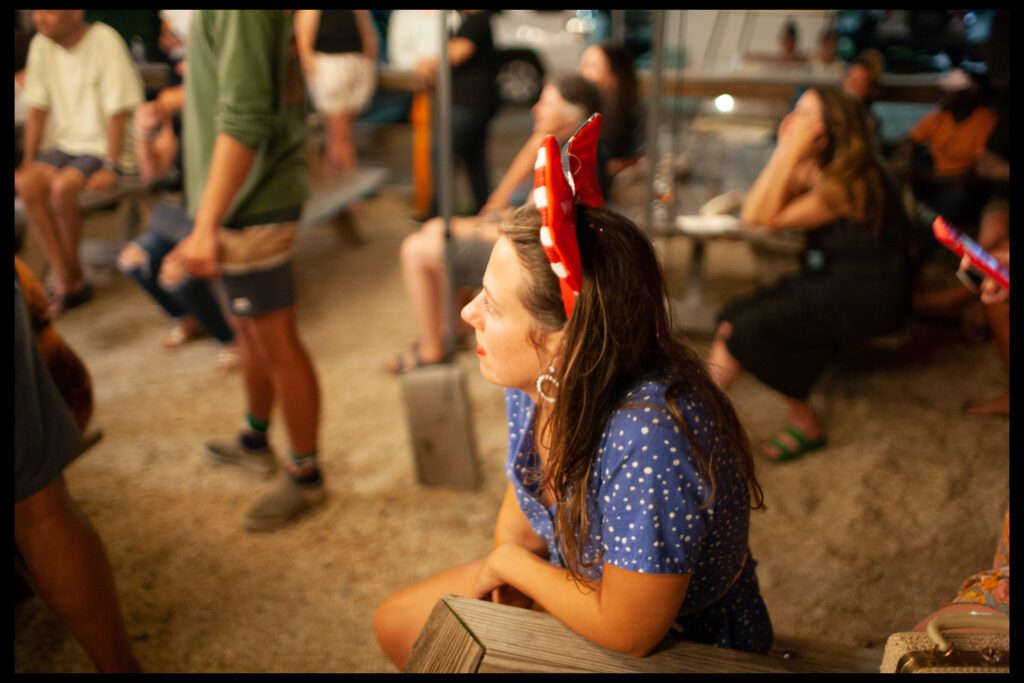
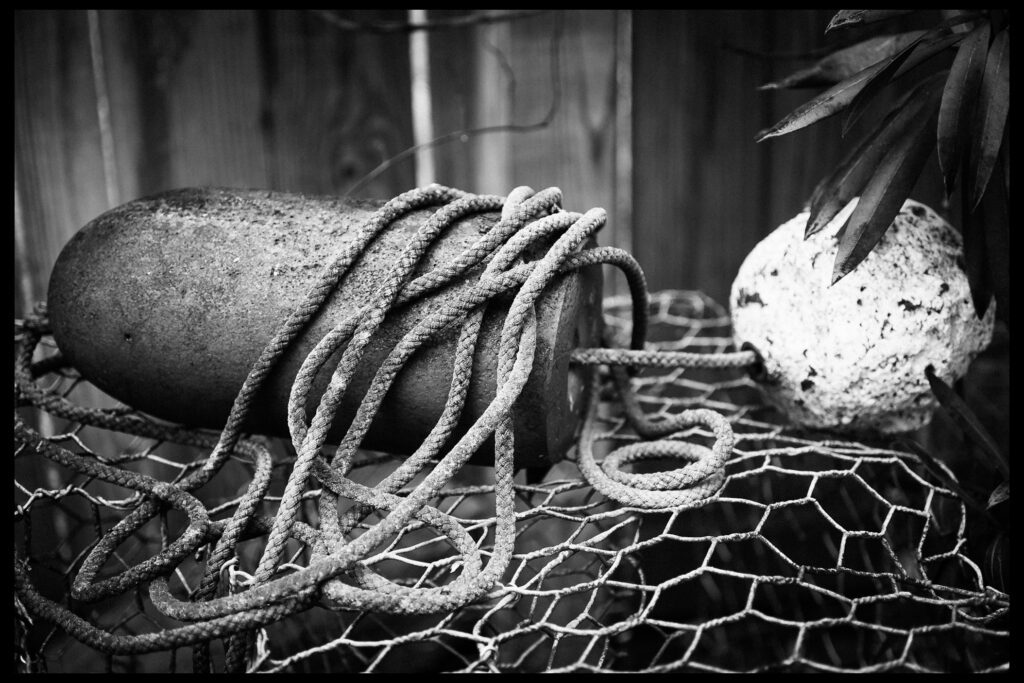
A Digital Dinosaur
I have a camera display case in which my wife calls the mess and it has become both a safeguard against our cats, and also a spot where I throw my many collected items I have acquired over the years. I don’t want to say how much I have but let’s just say the lenses and cameras fill up 3 large shelves. A few weeks ago I picked a camera I had not touched in about a year. This camera is one I have used off and on for about 15 years now. I remember when this camera came out for sale in 2004, I thought it was so impressive and ahead of its time when it came out. Mind you this camera retailed for somewhere around $8,000 usd which is a lot of money today and in 2004 money it’s just bonkers. I remember thinking when I graduated high school that I would finally get one for myself. Unfortunately my finances as an 18 year old prevented me from buying one, and by the time I started college in fall semester of 2009 this camera was already starting to be considered outdated. While in my first year of college at Gardner Webb University I worked for the school newspaper. I can’t recall if it was a fellow student or a professor, but somebody let me borrow this camera to snap a few shots with.
It must have left an impression on me as I did eventually purchase one for a little bit around 2014 but sold it to buy a Nikon manual focus lens.Not that monetary value of a camera should be important to making an image but by time I sold the camera, it had already deprecated quite a lot. I think at the time it might have been valued around $400. More recently I noticed the price on these cameras had dropped even more since the last time I owned one; you could buy one for as little as $250 depending on condition. So I purchased another just for fun last year. But it wasn’t until a few days ago that I realized that this camera is 20 years old. I just had not taken the time to think about it. This camera is about 5 years older than most of my high school art students and could be considered (rightfully so) “old”. The camera I am discussing with you is a Canon EOS 1DS MK II, an early to mid 2000s professional digital camera.
Let’s briefly discuss features and dilemmas. Honestly it is still impressive, but you have to approach this piece of gear much more like a film camera as it really was meant to replace a professional film camera. When approaching this camera you must remember, this camera is a pro spec camera from an era when every major company was replacing their film flagship lines with digitals. You need to also remember that in 2004, when this camera was released, many professional photojournalists were still shooting film bodies. Heck, I am pretty sure Canon did not stop making a pro film body until 2015 and that camera was the Canon EOS 1V, a very impressive camera that shares a lot with the full line of EOS 1D cameras. But to me the canon EOS 1DS line stands out from the pack. Just check out the specifications below.
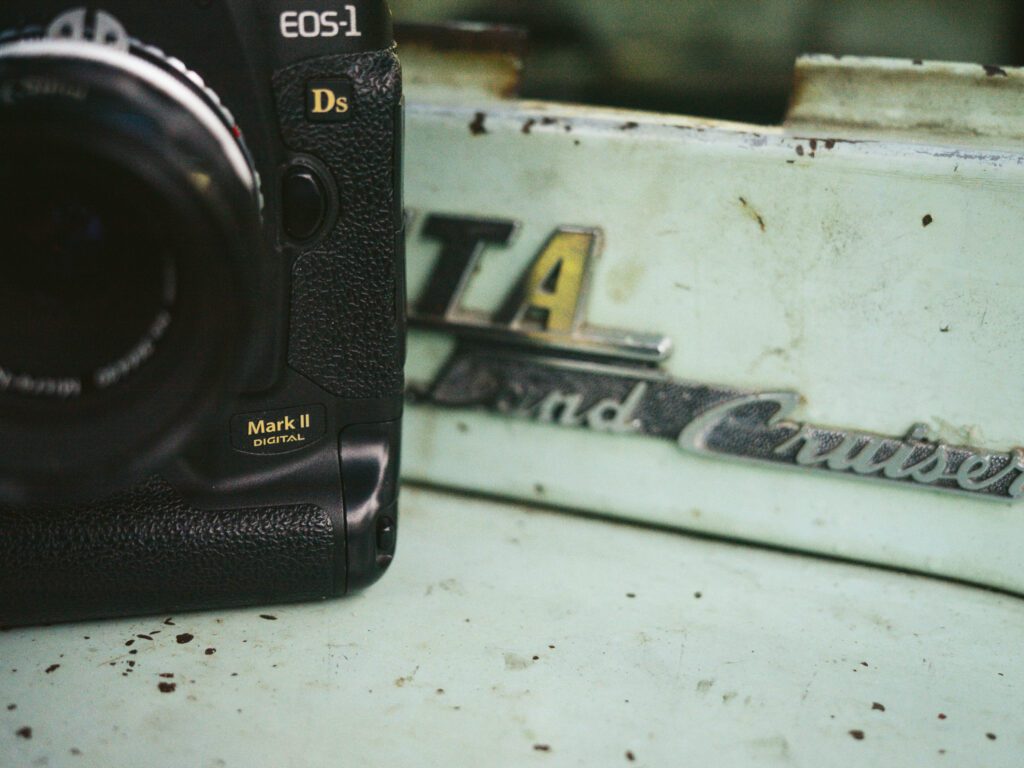
Canon 1D Mark II Specs:
- Megapixels – full frame 16.7 MP (nice!) full frame in 2004! Just think about that for a second.
- Max ISO – is 1600 and expandable to 3200: this is just like pushing a roll of Hp5. (Ok I can get behind this! Bonus: I have yet to see any banding at the max ISO, and it actually produces a grain that is more organic to my eye than most digital cameras I have used.
- Shutter – it has one. It sounds just like what every 90s movie paparazzi camera sounds like. You won’t ever sneak up on somebody with it. Max shutter speed is 1/ 8000
- Frames per second – Faster than a sharp poke in the eye. It’s faster than a mechanical film camera but honestly it’s pretty slow. Canon had some weird thing going on with the pro line of cameras back in this time where the crop sensor 1d camera had a faster fps and the 1ds line was meant for slower studio work. I theorize it’s something to do with files and writing speeds. Let’s just say it’s plenty fast.
- Battery – huge, but it does last a long time.
- Viewfinder -This is a pro spec camera! It’s big and beautiful and it’s optical. None of this EVF nonsense
- Autofocus – it has it. (For a modern-day 18 year old high school student today it’s slow. For a guy who shoots a lot of manual focus cameras this Canon will blow your socks off.)
- Screen – a Motorola razor flip phone has a better screen. It’s pretty terrible. But the terrible screen makes it feel more filmic.
- File formats – S,M,L jpg and Raw. (Let’s be honest you should probably shoot this thing in raw to get the most out of it.)
- Lens mount – Canon EF – but you could be a weirdo like me and adapt a cheap but fantastic 50 year old 55m f3.5 Nikkor and shoot that for the photographs in this article.
- Focus screen: important if you want to shoot and adapt manual focus glass – I have the Ec-B split prism focusing screen. There are also many options for manual focusing precision with the canon eos 1ds cameras. Get one with a split prism or micro prism because It’s a lifesaver if you are not using autofocus often and they are super easy to change out.
with all these wins in specs what is the catch? This is a digital dinosaur: by that nomenclature something about this camera is a ticking clock towards extinction. It could find a second wind and beat out this clock, but it is running up against a brick wall. That wall is called: non-serviceability.
While it is possible to find a person to CLA a film camera, it can be quite daunting to find a person to service a 20 year old digital. I have been told by a friend that servicing a 20 year old quartz watch is possible. So if you can fix an old watch you should be able to fix an old digital camera, right? Maybe that’s a bad analogy, but honestly I think part of the problem is that we can’t find a technician that can CLA or service vintage digital cameras. The manufacturers of these digital dinosaurs usually do not service these items anymore. It seems like there are not enough technicians that can perform repairs. To this end, because people cannot find technicians they often throw their digital dinosaurs away when they need a service or repair. I personally think that throwing away a digital camera after it breaks is a bad thing. Try your hardest to get the camera repaired! Save that camera! And if you really cannot find a technician and do not want the camera anymore, please find a way it can be reused. Maybe there should be infrastructure for turning in broken digitals to technicians. Or maybe it should be part of camera culture to give the broken camera to someone that can use the parts for their own repairs, see if a camera store wants it, or do it like me and throw it in your display case and let it collect dust until you can find someone to repair it.
That being said, this camera can last a long time without needing servicing because it is built so well. It’s amazing to me that this camera was built so well in the days where each month it felt like something more advanced would come along. These days manufacturing something to last a lifetime is a rarity. All the more reason to reach for cameras of this era!
Anyways I am getting away from the point. With the popularity of mirrorless, the extinction clock is ticking on the DSLR. Some would say the asteroid has already struck the land of DSLRs. This all being said, I think the Canon 1DS Mk II is a camera that has already outlived its extinction clock, and it is still alive. I think this is a camera that could last a lifetime with the caveat that the photography community needs to invest in technicians. Alright enough of the mood killers lets get on with the rest.



Get On The Bandwagon
So, are early 2000s pro level cameras the next things everyone will want? No, but it seems to have happened with digi cams of the same era recently, and the early 2000s cameras are not cameras to just brush off; they have a lot going for them including their price. The pro spec cameras are cheap and on the camera family tree they are really close to a film camera. Did I also mention this is a full frame camera? Because most camera companies seem to be dropping their DSLR mounts for mirrorless mounts, many of these pro bodies from the early to mid 2000s can be had for a song. The lens options for these is frankly overwhelming. Because canon started using the ef mount in 1987 and you can still buy a new EF lens today, there are many options new and old. Some really fantastic lenses exist like the canon 35mm f1.4 L and the 50mm f1.2 L and even some crazy wild ones like the 50mm f1 L series lens if you can afford one.
Honestly, I have been having a great time shooting this 20-year-old DSLR. I have gotten some photographs that I love and I enjoyed the process of taking those photographs. I am ok with occasionally laying my Trix 400 down, saving some cash and shooting with a digital dinosaur. Camera companies in the early to mid 2000s were designing a lot of cameras based on film cameras and they look sound and feel like a film camera so I’m not cheating on film right? This era of digital cameras seems to be the sweet spot for photographers looking to get a film shooter’s experience with a digital camera. The early 2000s digitals tend to feel more like a film camera. In fact, side by side with my canon EOS 3 with power winder, my digital EOS 1DS MKII sounds like it has the same shutter. I honestly pick it up and it gives me strong film camera vibes, trust me. It gives me that nostalgic feeling I crave with my photography. It seems to scratch that nostalgia itch: the romance of a film camera of a bye gone era. To end my time with you all, I would like you to consider the digital dinosaur, and I would encourage you to try something like a Canon 1DS MKII. I promise you they are fantastic shooters! Finding your own vintage digital will help settle your need for finding a new camera. Wait……I feel something……..oh no, I spoke too soon………. I can feel the G.A.S creeping in………I am already starting to look for another digital dinosaur…….cough cough, Camera Store West find me Leica m8.2 or maybe an Epson rd1 please!
Thanks for reading, everyone! More to come.

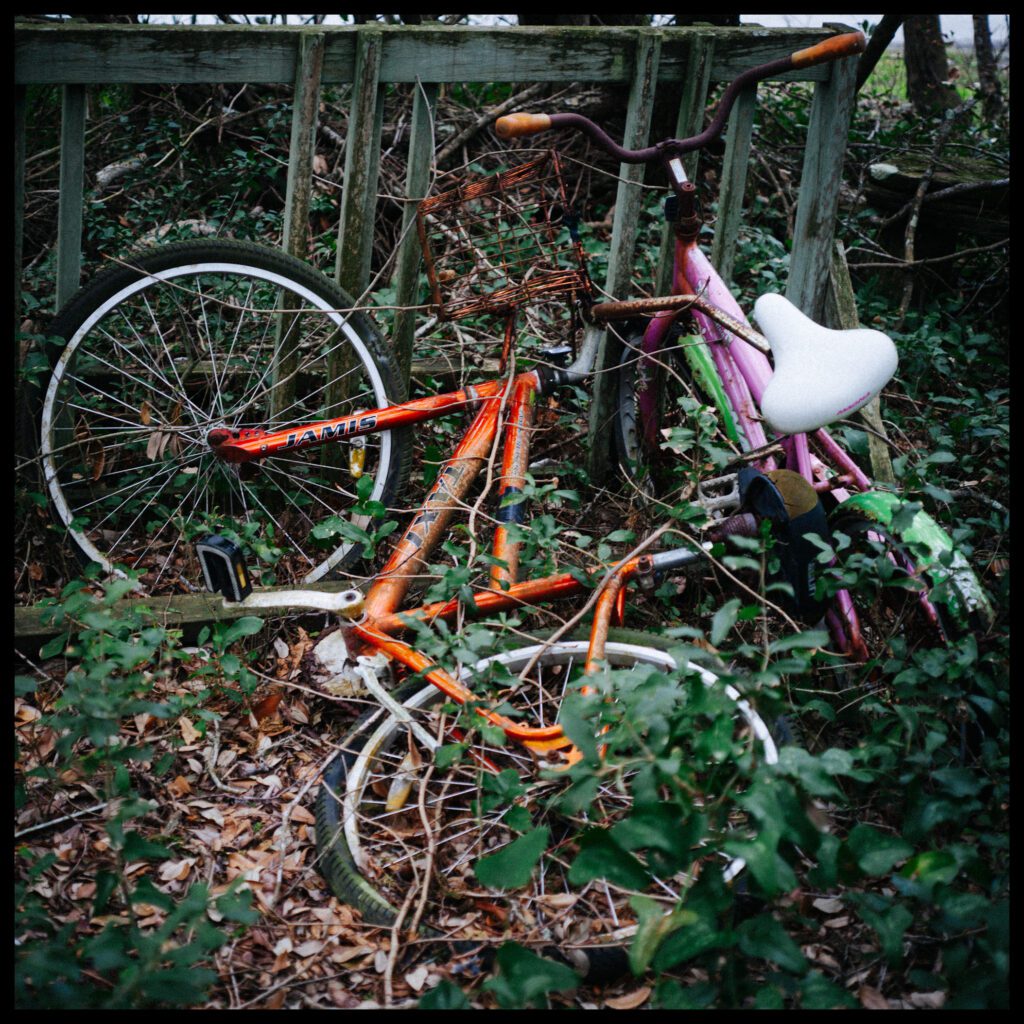
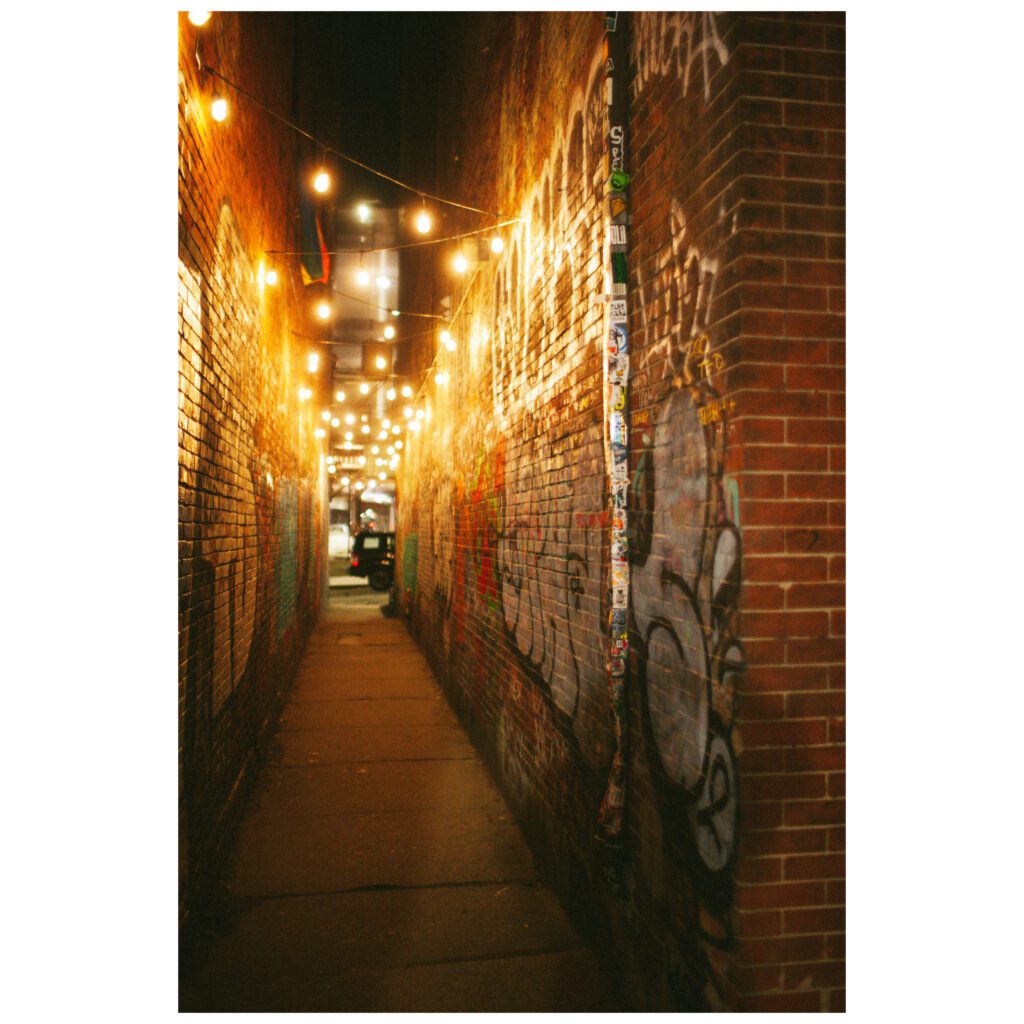
All images were taken with the Canon 1D Mark II & 35mm f1.4 L as well as an adapted Nikkor 55mm f3.5.
Robert Chestnut



